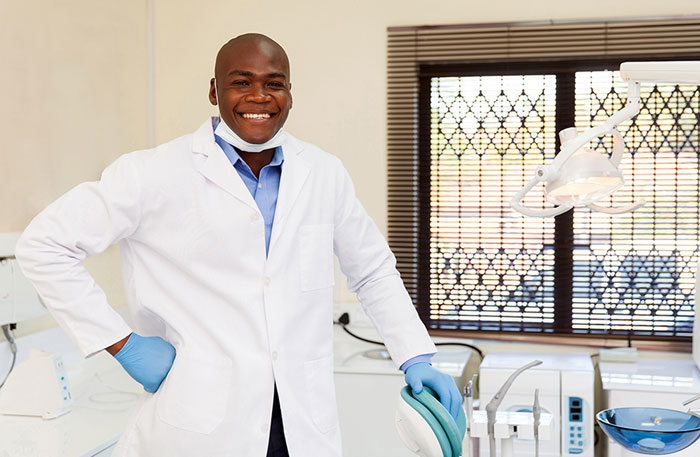Digital Impressions vs. Traditional Impressions
 With so many new advancements in dental technology, it does beg the question whether newer methods are truly more effective than the traditional methods that have served all of us well for decades. Today’s dental professional is much more likely to lean toward digital impressions versus the traditional impressions that have been in use for most of our dental careers.
With so many new advancements in dental technology, it does beg the question whether newer methods are truly more effective than the traditional methods that have served all of us well for decades. Today’s dental professional is much more likely to lean toward digital impressions versus the traditional impressions that have been in use for most of our dental careers.
Learning the key differences and potential pros and cons for each can help someone still on the fence figure out which side to lean to.
Defining the Traditional Impression
For the patient, the dental impression can be quite unpleasant. Certainly, there is no pain and no needles involved, but the patient will need to wait for several minutes, with teeth clamped in place while the alginate material sets.
Patients with a strong gag reflex may struggle with the entire procedure, as may those who have some form of TMJ. The putty may not be strongly flavored but it may prove to be too much for some patients, and again dentists will be faced with patients who are gagging or throwing up while the goopy putty sets.
For many years the goopy alginate material was the go-to material used to obtain the impressions needed for crowns, bridges, and veneers.
Defining the Digital Impression
Digital impressions are taking over as the go-to choice for dentists and patients alike. They eliminate the goopy impression material and allow for a better fitted final smile restoration.
There are currently two different types of digital impression technology solutions that dental professionals can integrate into patient care. One captures images as digital photographs, and the other captures them as digital video.
Each of the images can be obtained using digital scanning or lasers. Laser scanning is precise and is of course safe. It makes use of concentrated light that can capture each minute detail of the patient’s gums and teeth.
Digital scanners are also precise and safe but may require that teeth are sprayed with a safe powder in order to ensure each area of the mouth is recorded accurately.
Digital impressions can greatly increase productivity, efficiency, and accuracy. Dentists can send impressions over to the laboratory almost immediately, rather than needing to mail off the impression that has been made using the traditional goopy alginate.
What this means is that patient treatment can be sped up, and there is even the potential for same day smile restorations. This can reduce the need to visit the office multiple times, and of course help to improve the overall patient experience. Improving the patient experience is one of the priorities dental professionals focus on, as many patients do harbor fears about sitting in the dentist chair.
There are some other benefits to consider about digital impressions, and they include the following.
- Improved quality impressions, to ensure better fitted restorative solutions
- No goopy alginate causing patients to gag, or worse
- Much more comfortable experience for patients, particularly those with dental anxiety
- Reduction in the potential for errors
- Whole mouth scans can be completed in under 10 minutes, with some needing just 1 or 2 minutes to complete
- The digital impressions contribute toward efficient file systems and support paper-free office environments
- Eco-friendly solution that eliminates the need for plastic trays and the materials used for the impressions
- Less time in the chair for the patient
Taking digital impressions eliminates much of the hands-on labor and sometimes guesswork that is so often associated with traditional impressions. Digital impression technology also increases efficiency, both during the appointment for the impressions, and in the delivery time it takes to get the restorations made.
Digital impression technology does bring with it a higher price tag for the dental practice. It should be noted that the reduction in the time that the patient spends in the chair will ultimately translate to the dentist being able to treat more patients. And of course, it can’t be overlooked that spending less time in the chair is ultimately better for the patient experience.

